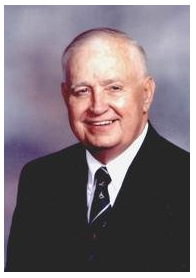by Beth Finke
Patricia Wright’s post about surfing star Clay Marzo Included a quote from an Outside Magazine article that really caught my eye.
While many children with Asperger’s are marked by their lack of coordination — “motor clumsiness” is a very common trait — Clay moves in the water with an uncommon grace.
I’m reluctant to admit this, being the Easter Seals autism blog moderator and all, but it hadn’t occurred to me that “clumsiness” was a sign of autism! Had I missed something?
To reassure myself, I went to the Could My Child Have Autism? page on our Easter Seals Act for Autism site to check out the list of symptoms again.
Generally speaking, children and adults with autism may…
Interact with others differently. They may appear to live a life of isolation or have difficulty understanding and expressing emotions or convey personal attachments in a different manner.
Not effectively use spoken language. Some have echolalia, a parrot-like repeating of what has been said to them. And, people with autism often have difficulty understanding the nonverbal aspect of language such as social cues, body language and vocal qualities (pitch, tone and volume).
Have difficulty relating to objects and events. They may have a great need for “sameness” that can make them upset if objects in their environment or time schedules change. Children with autism may not “play” with toys in the same manner as their peers and may become fixated to specific objects.
Overreact to sensory stimuli that they see, hear, touch, feel or taste; or, conversely, not react at all to various stimuli from the environment.
Have a different rate of development especially in the areas of communication, social and cognitive skills.
No mention of clumsiness there. In fact, the page went on to say that in contrast to cognitive skills, motor development may occur at a typical rate in children with autism.
Clay Marzo’s surfing success is just another reminder that autism manifests itself differently for every person, it varies in the severity and type of symptoms. People with autism may have certain things in common, but there is no single behavior that is always typical of Autism.
I guess the thing to remember here is something Dr. Wright tells me all the time: If you’ve met one person with autism, you’ve done just that. You’ve met one person with autism.








 Easter Seals is mourning the death of Roger McCarville, who died of pneumonia on September 7. You might recognize Roger’s name — Matt McAlear published a
Easter Seals is mourning the death of Roger McCarville, who died of pneumonia on September 7. You might recognize Roger’s name — Matt McAlear published a